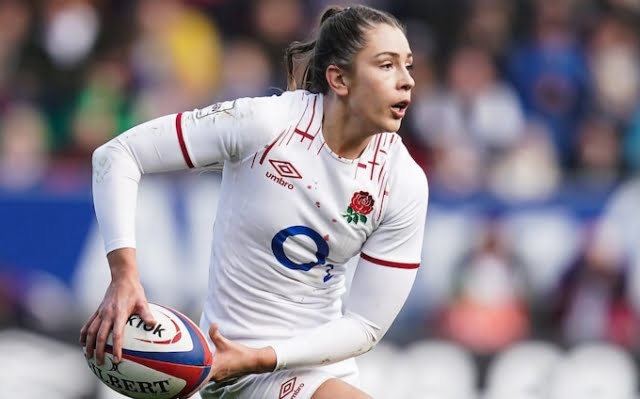 Holly Aitchison has brought a new dimension to England's offense since switching to fly half. Photo: Shutterstock/Robbie Stephenson
Holly Aitchison has brought a new dimension to England's offense since switching to fly half. Photo: Shutterstock/Robbie Stephenson
Holly Aitchison never craved being the center of attention. But the midfielder who stepped up England's attack in the Women's Six Nations now feels ready to talk about the period of her life that defined her preparation for rugby.
Aitchison was 18 years old when she began to notice spots on her face. She first entered full-time rugby as an England sevens player in London, where she shared a house with Ellie Kildunn and Jess Breach, her England teammates.
She should have been happy – Becoming a professional rugby player was something she had always dreamed of, but she didn't. Every time she looked in the mirror, an army of evil red pimples stared back at her. Her six-year struggle with adult acne began.
“I just sat there and cried, not knowing when my skin would get better,” says Aitchison, speaking for the first time about his ordeal to a national newspaper. “Every time I entered the room, even with my face completely made up, it seemed like everyone was looking at me.
“For a long time I was in such a low place where you don’t really understand, what is reality and what is in your head. For everyone, I was so amazing in my rugby life, but I was so sad because of everything that happened off the field.”
There was confusion. Aitchison has enjoyed clear skin all her life, so why was she hit out of nowhere? “I think a lot of it had to do with stress,” says Aitchison, who hails from Formby, Merseyside. “I feel like it coincided with leaving home.
“For someone like me who is really an introvert, I struggled a lot with this, besides sweating so much in training. My worst time was when we were qualifying for the 2020 Tokyo Olympics. The stress was incredible. If someone touched my face, it hurt so much.»
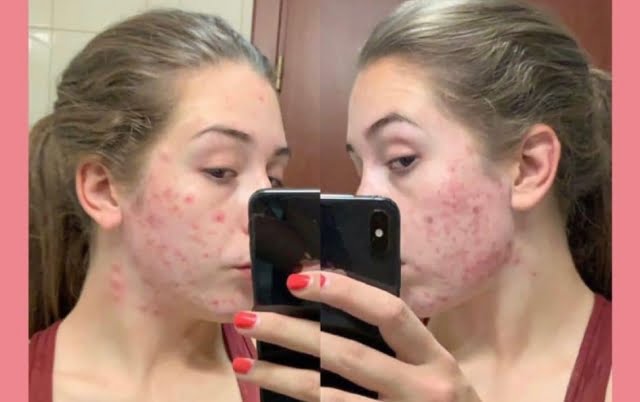 Holly Aitchison shared this photo of herself when her acne was in full swing. Photo: Holly Aitchison
Holly Aitchison shared this photo of herself when her acne was in full swing. Photo: Holly Aitchison
Acne, a common skin condition that occurs when hair follicles become clogged with sebum, dead skin cells, and bacteria, is often thought of as teenage. problem. But this condition can often continue into adulthood.
Aitchison's problem persisted throughout her early twenties, and as her sevens career flourished, her self-esteem plummeted. She refused any press conferences she could. The thought of having to give interviews terrified her. She wouldn't dare to leave the house without makeup. She was so ashamed of her skin that she couldn't even bring herself to make an appointment with her therapist.
“I know it sounds really stupid, but I just put it off,” she says. “At home, I zipped my sweatshirt completely, covering my cheeks so that Jess and Ellie couldn’t see my face, even though they were my best friends at the time.”
< p>Aitchison might have sought medical attention if her acne didn't go away on its own. She discovered that she was allergic to products containing aloe vera, which she used to try and soothe inflamed skin, while scented creams and serums were also a big trigger. “If I had gone to a dermatologist instead of wasting five years of my life, they definitely could have helped me sooner,” she says.
But Aitchison, now 25, is not one to dwell on the past. Last year, for the first time among female rugby players, she was named brand ambassador for skincare brand Clinique, spearheading a campaign to inspire female athletes to feel more confident in their skin. On a personal level, Clinique's on-pitch makeup was another way to express her femininity in a sport that is still considered exclusively masculine.
«It's like saying, 'Look good, feel good'» Aitchison says. “I believe in this big deal. If makeup makes me feel good, why shouldn't I wear it? With women's rugby becoming more and more popular in the media, I want to look good.
“The night before the game, I like to take care of myself. I'll take a bath and do a face mask. It's more like… me. Then I'll do a full game day makeover. I love this whole side. I really struggled with my skin, so if I don't, I'll feel weird.»
On the field, Aitchison has never been so confident in her skin and her abilities. Moving to center after moving from sevens in 2021, she was initially daunted by the challenge of getting in after Zoe Harrison, the Red Roses' No. 10 who impressed last year's World Cup, was ruled out of the Six Nations with an injury. anterior cruciate ligament.
But Aitchison still thrived. The 32.4 meters she gained per hit is a better average than Owen Farrell in the men's championship («Because I did not play with 10 loads, I honestly feel that this adrenaline gives me an extra five to ten meters,» she said, laughing).
She also played a key role in the development of the England team's powerful offense through her influential cross-field kick. In last year's Six Nations tournament, 18 attempts by the Red Roses were scored by defenders. In the first two rounds of this year's championship they've already scored 13 points, thanks in part to Aitchison's varied and fast distribution.
«I think I'm more of a fly-half,» says the Saracen. “I've played position in all age groups and I really think I'm more amenable to the way a ten plays. The kicks still need a bit of work, but in terms of manipulating space and placing others in space, I really like it, and I feel like that's where my strength lies.»
That, and getting her match daytime make-up too.
View this post on Instagram
Post shared by Holly Aitchison (@hollyaitchison_)



















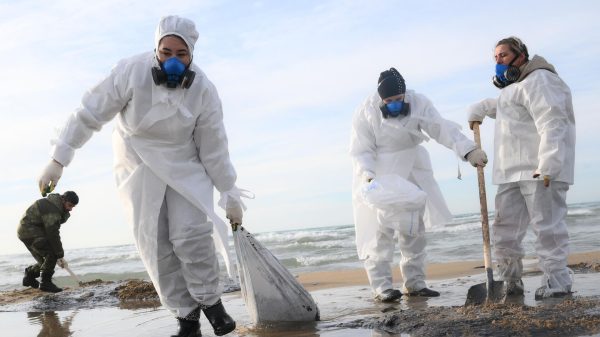


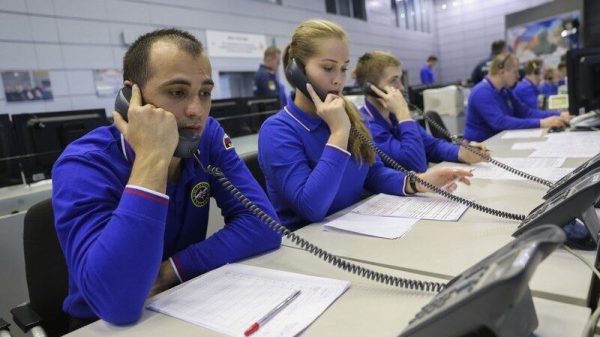


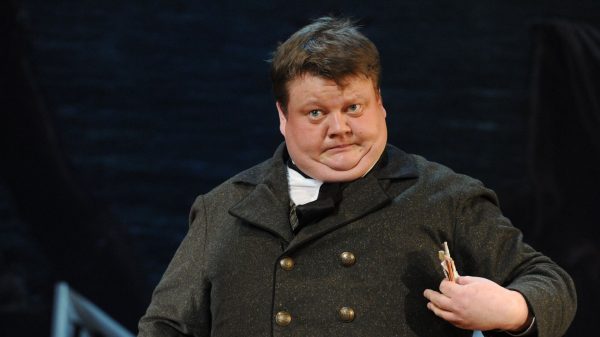


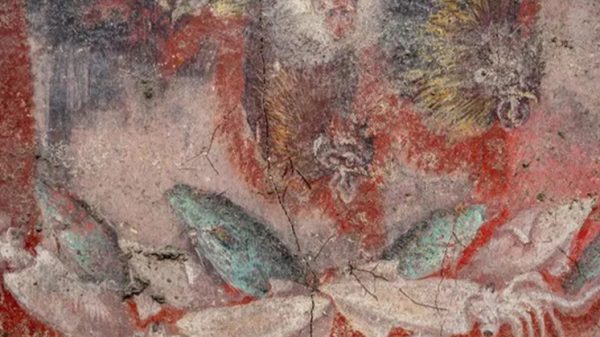




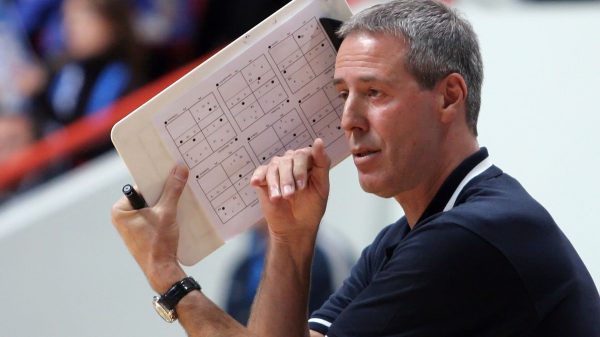


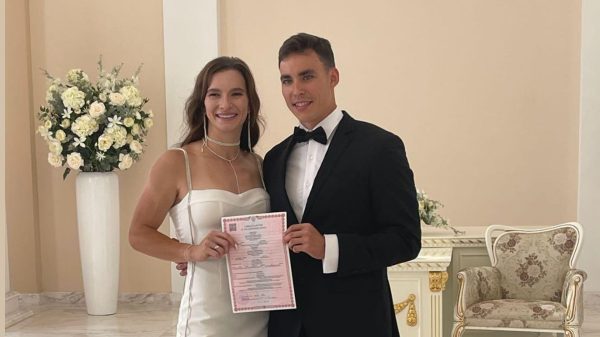





















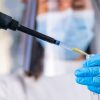










Свежие комментарии